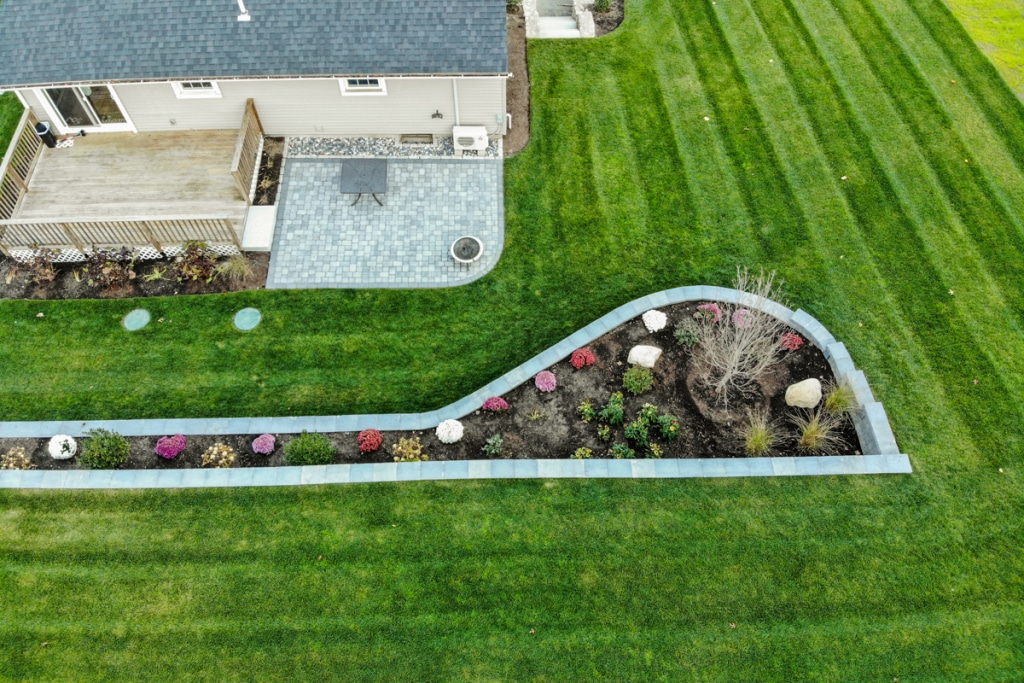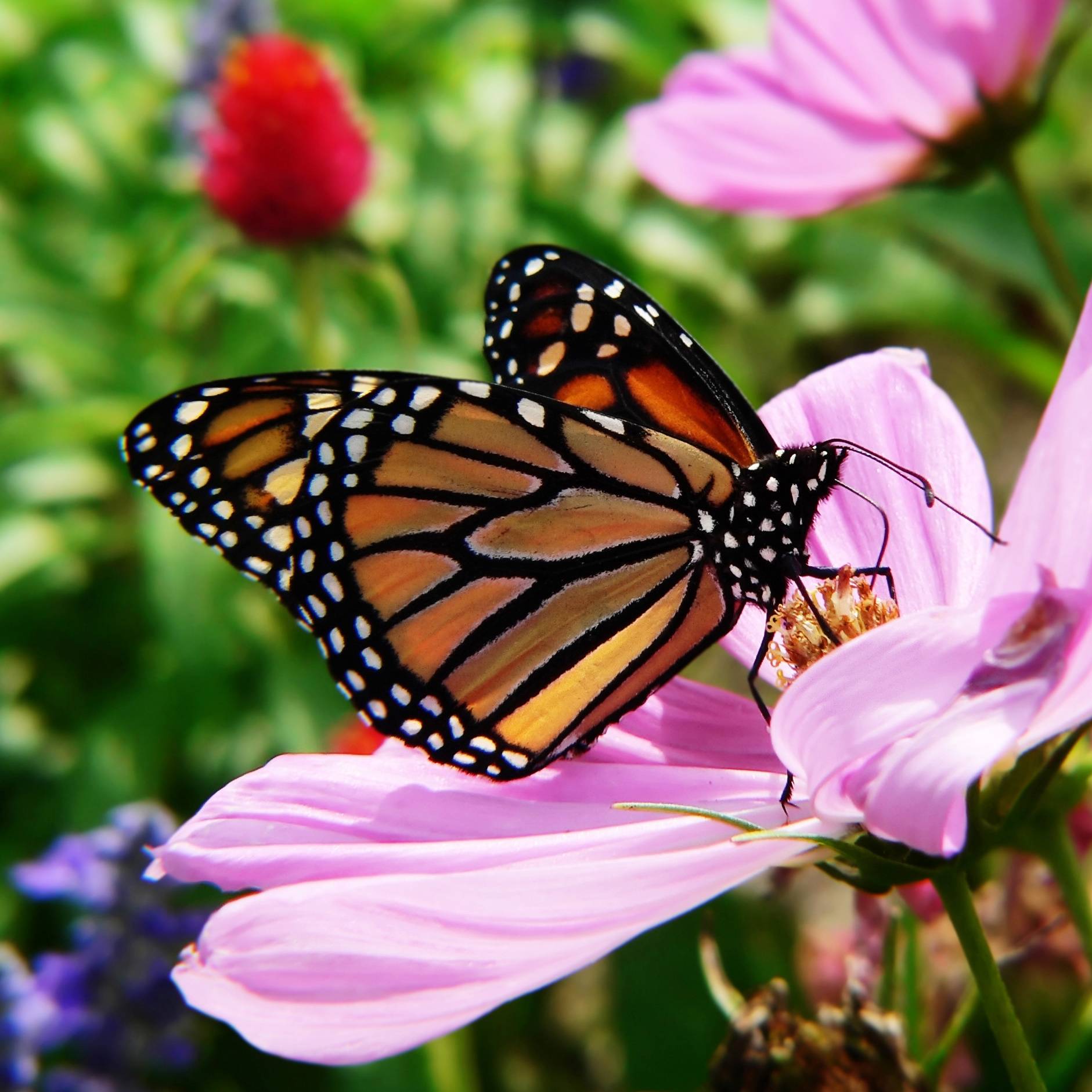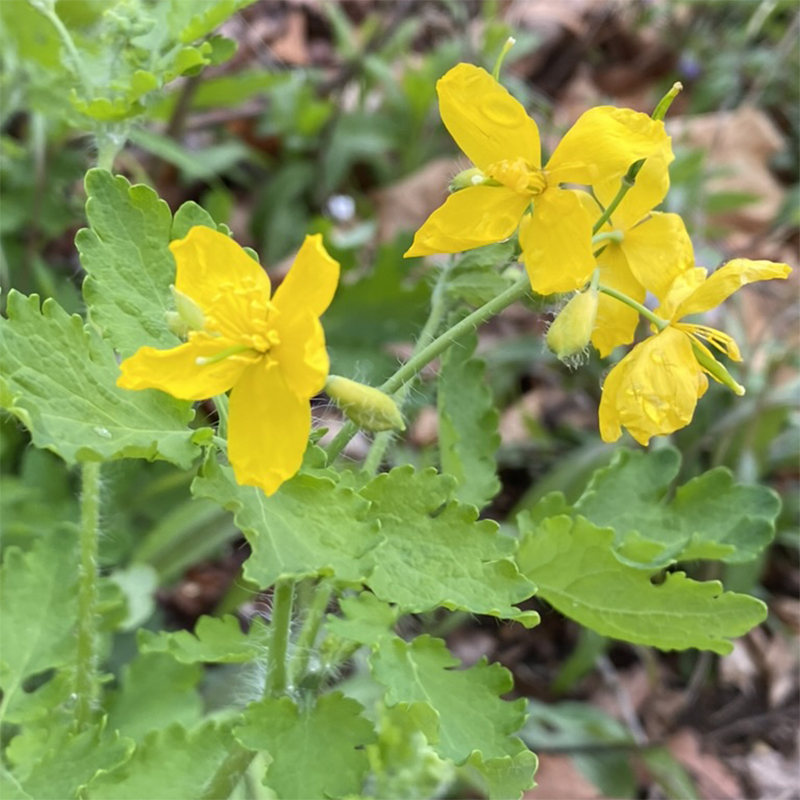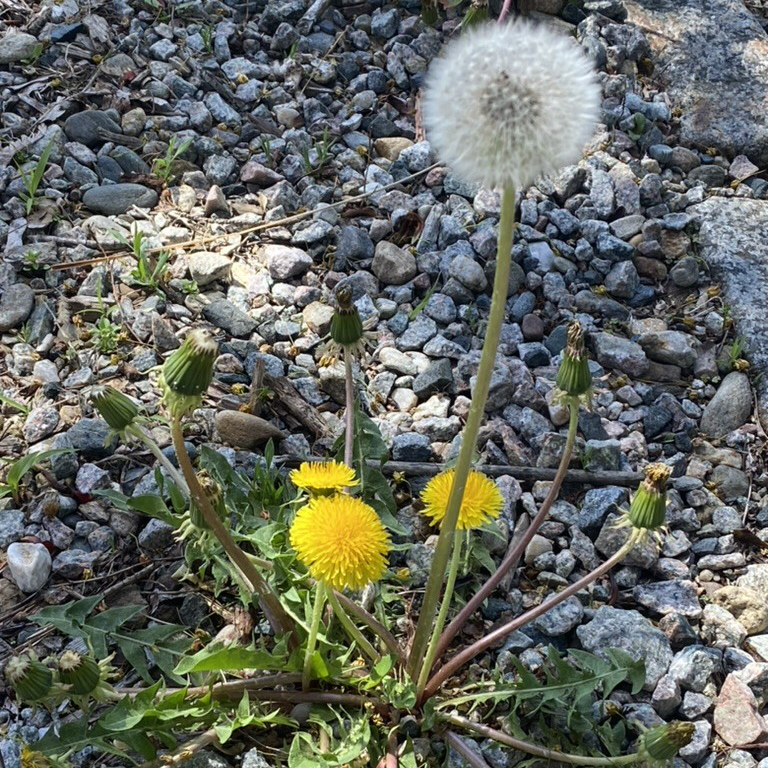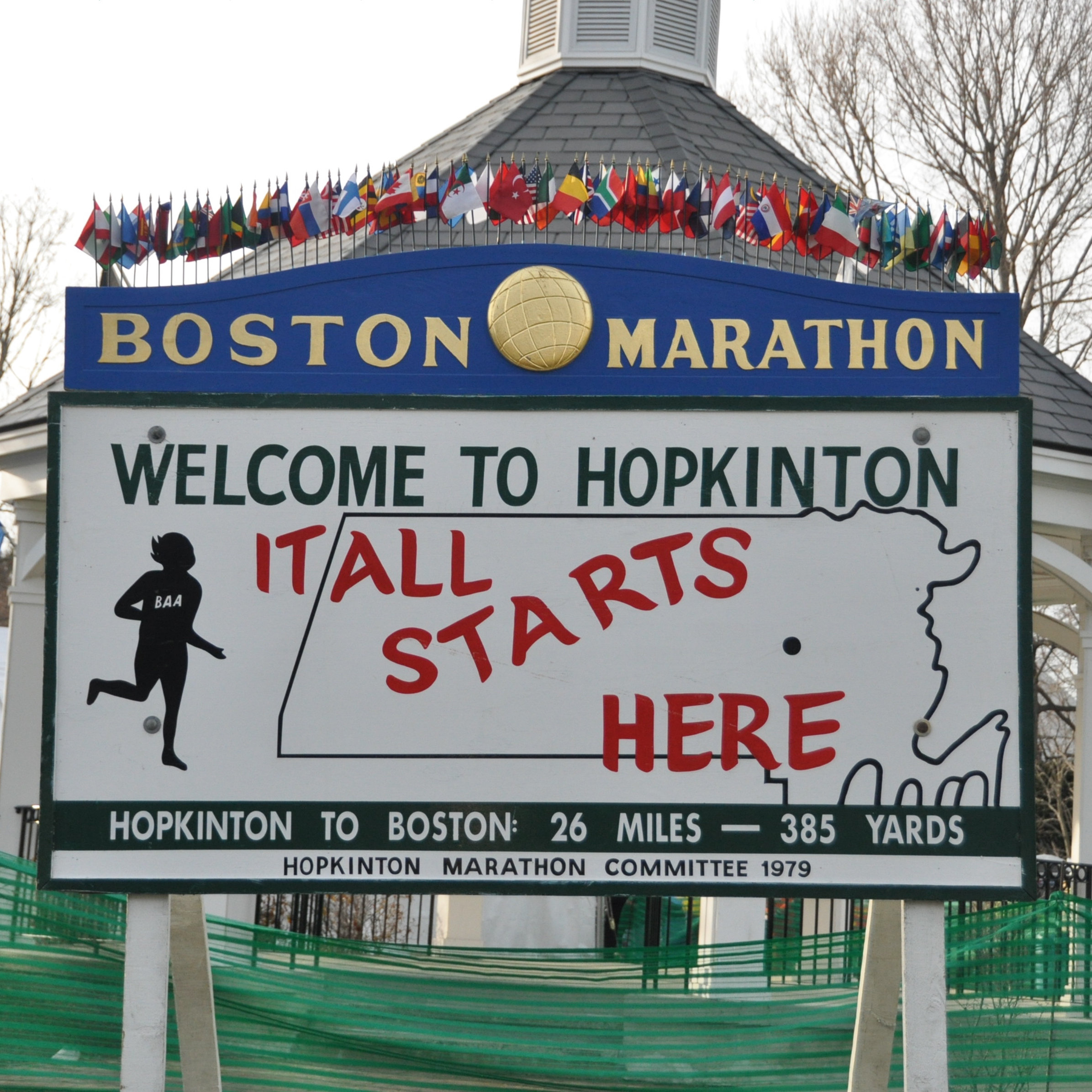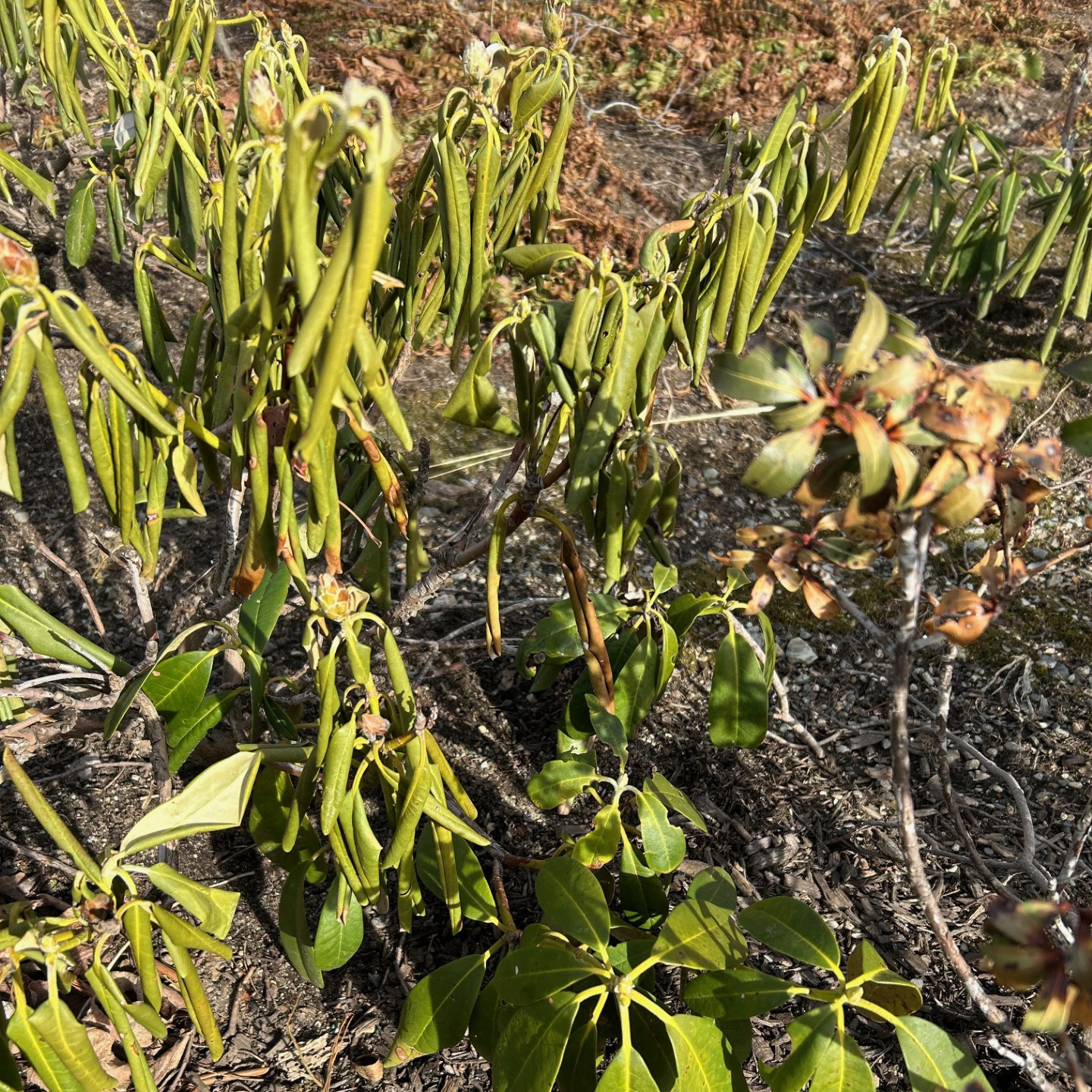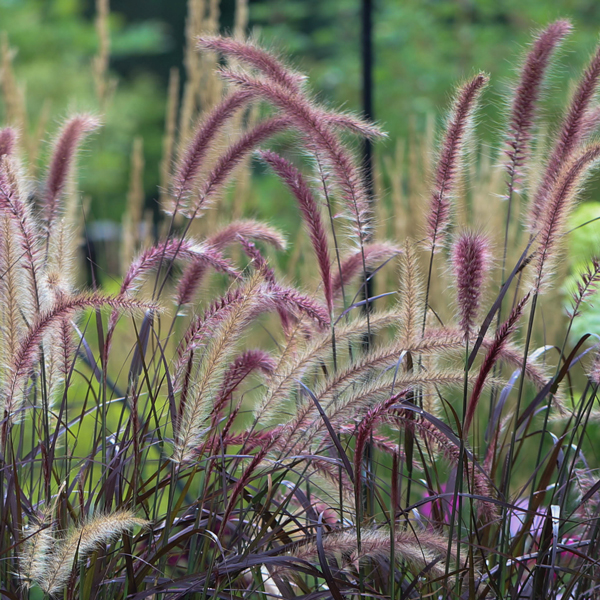
As we head into the dog days of August, ornamental grasses are just hitting their stride and are poised to be the superstars of our late summer and early fall gardens. Most but not all ornamental grasses are warm season plants, meaning that they may start slowly in the spring but as the temperatures soar, they grow rapidly. Their generally imposing stature and linearity as well as their interesting flower spikes can provide a refreshing contrast to other landscape plantings. While many ornamental grasses may flower and even have interesting seed heads after flowering, they bring much more than that to your landscape. In addition to textural contrast within your landscape, they provide multi-season interest as well as movement and a gentle rustling sound as they ripple with the slightest breeze. Taller grasses can provide an organic screen from the neighbors and powerful structure to the landscape and all grasses, short and tall can soften the hard edges of your property.
Ornamental grasses are easy to grow, require little maintenance and with a few exceptions thrive in full sun. Most grasses will grow in neat mounds or clumps, are generally non-invasive and will grow in girth slowly over time. No need to cut back your grasses before winter – enjoy them throughout. Simply cut back the brown foliage to 4-6 inches in the early spring, new shoots will emerge and you will enjoy another year of spectacular beauty.
Some of the more common ornamental grasses that thrive in New England are as follows:
Calamagrostis, also known as Reed Grass –Very vertical, both leaves and flowers stand upright, feathery flower plumes. 3-5 ft tall
Chasmanthium or Northern Sea Oats – Native upright grass with drooping seed heads resembling oats and great fall color. Shade tolerant, 3-4 ft tall
Festuca Glauca, also called Blue Fescue– Densely tufted, compact in bluish shades, good for edging and rock gardens. Will tolerate shade but sun brings out the bluish hue. 6-8 inches tall.
Hakonechloa Macra, Japanese Forest Grass – Native to Japan, does well in shade or part shade, a range of colors available from deep green to gold and variegated cultivars, grows in loose cascading mounds. 12- 18 inches tall
Helictotrichon or Blue Oat Grass– Narrow, spiky steel blue leaf blades, forms a rounded clump, similar in appearance to Blue Fescue but taller, great for borders and rock gardens, 2-3 ft tall
Miscanthus, known as Maiden Grass – Native to Asia, dense clump of upward arching growth with rounded fountain appearance, spectacular airy flower plumes. 3-7 ft tall
Panicum or Switchgrass – Native American prairie grass, upright, grown for its vertical height and large delicate flowers, typically 5-8 ft but some shorter varieties available
Pennisetum also known as Fountain Grass – Upright with gracefully cascading fountains of leaves and small tan, pink or purple bottle brush flowers. 1- 3 ft
Schizachyrium or Little Bluestem – Native to the US prairies, blue-green color in the summer and turns beautiful shades of brown, copper, and crimson in the fall. 2-4 ft tall
Carex, also called Sedge – Although technically not a grass, it looks like a grass, with the same elongated form and tufted appearance. Some varieties thrive in shade where most grasses do not.

